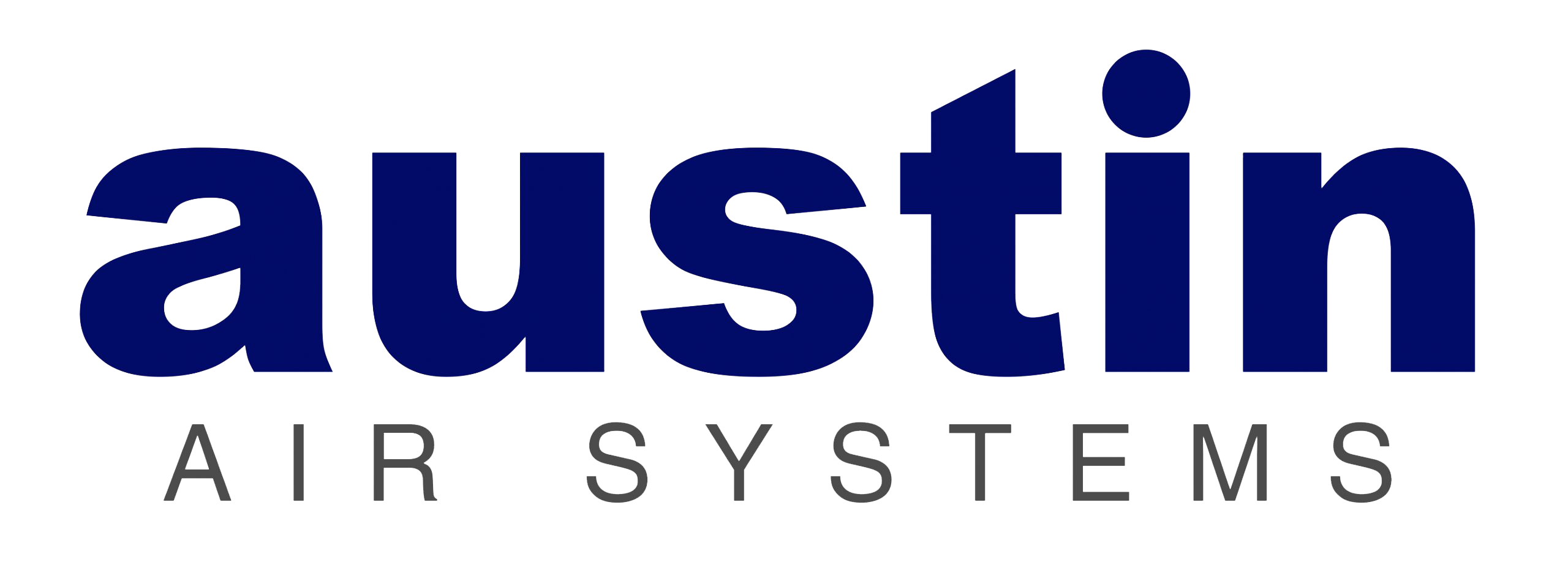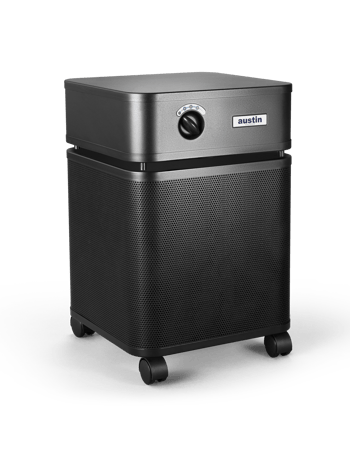Air Purification is Necessary in Times of Disaster
Protect Yourself and Your Family
In the event of chemical exposure, it’s important to consider robust air purification, even after an incident is said to be over. Chemicals can linger in vents, furniture, drapes, carpets, surfaces, and HVAC systems. They can be resuspended into the air when contaminated soil is disrupted. We can even inhale them during household water use. (1)
Watch the video podcast where we spoke with Dr. Anne Marie Fine and Dr. Lyn Patrick about the chemical disaster that took place in East Palestine, Ohio and how it compares to other disasters that have taken place over the years.
Austin Air Removes the Widest Range of Pollutants...
Particulate Matter
Events such as explosions and wildfires can put toxic debris and particulates (also known as PM, or particulate matter) into the air, which can then seep into homes, schools, and workplaces. PM can be extremely harmful to human health. But Austin Air uses 60 sq. ft. of true, medical-grade HEPA proven to remove up to 99% of all airborne contaminants as small as 0.1 microns, including particulates.
Chemicals, Gases, VOCs
To remove the widest range of chemicals, gases, and VOCs, the Austin Air HealthMate Plus® contains a unique carbon blend, unmatched by other brands, using up to 15 lbs. of activated carbon, potassium-iodide-impregnated carbon, and zeolite. Additionally, the Austin Air Bedroom Machine® contains a military-grade HEGA (high-efficiency gas adsorption) carbon cloth.
What is Military-Grade HEGA?
The HEGA cloth in the Austin Air purifiers was initially developed by the British Armed Forces in the 1970s as protection against chemical and gas warfare. It was initially used - and still is to this day - as a protective layer in military clothing and masks to protect against chemical, biological, radioactive, and nuclear (CBRN) agents. A single gram of HEGA cloth has a surface area equivalent to half the size of a football field.

How Does Austin Air Compare to Other Brands?
During a chemical disaster, you want an air purifier capable of removing the most chemicals from the air. But with so many on the market, it can be daunting trying to choose the right one. So how does Austin stack up to the competition?
- Austin Air is the ONLY manufacturer in the U.S. that makes home air purifiers with HEGA filters. The Allergy Machine and the Bedroom Machine both use HEGA filtration.
- According to a report by the EPA, a significant amount of HEPA and carbon must be used in air purifiers, otherwise, filters will need to be changed often (every few months). Austin Air uses 60 sq. ft. of true, medical-grade HEPA. That’s far more than anyone else in the industry.
- Austin Air also uses up to 15 lbs. of a unique activated carbon blend. Again, using far more than anyone else in the industry. Many of our competitors use something like a carbon screen that (at most) contains two pounds of carbon. And while other brands may use granulated carbon, like Austin Air, they usually only use five pounds or so. We use up to 15 lbs. of activated carbon.
The Health Risks Associated with Chemical Exposure

"Chronic disease is mostly
fueled by environmental
toxicants, and has
skyrocketed into an
epidemic."
Chemical incidents can present many health risks to the public. Depending on the exposure, symptoms may present themselves differently, and they may be especially severe for children or those with asthma, allergies, or COPD.











